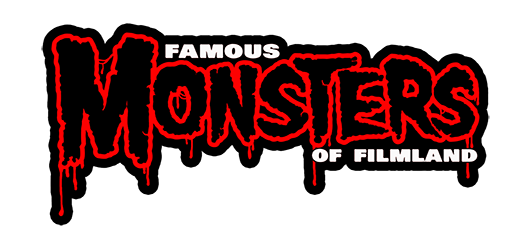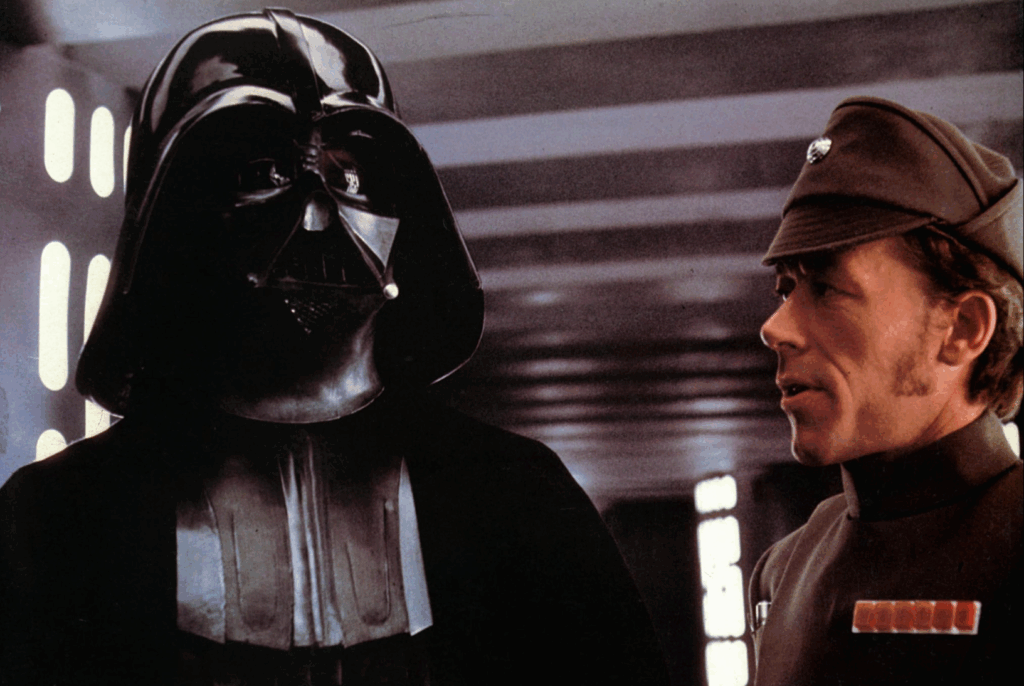The galaxy far, far away is set to take a nostalgic trip back in time. A pivotal cinematic moment in Star Wars history is about to unfold as the fabled original cut of Star Wars Episode IV: A New Hope makes its public appearance for the first time in 47 years. This original version, which George Lucas himself prohibited from being shown after its premiere, is scheduled to be screened at the British Film Institute’s (BFI) upcoming blockbuster season focused on the pivotal works of 20th-century cinema.
For diehard fans and cinematic purists, this screening of the unaltered 1977 version marks an event etched long into the lore of Star Wars history. Yet, it also opens up fresh conversations about artistic ownership, George Lucas’ legacy, and the ongoing passion for all things Star Wars. But why was this version banned for decades, and what makes it so significant? Let’s explore.
the original cut and lucas’ ban
When George Lucas released Star Wars Episode IV back in May 1977, the unexpected mega-hit redefined the sci-fi genre and became a pop culture phenomenon. However, it’s critical to note that the Star Wars Lucas envisioned wasn’t exactly what audiences saw on day one. The massive technical limitations of the time, combined with Lucas’ dissatisfaction with certain special effects, led him to consider the original 1977 version incomplete. This inclination toward perfection prompted Lucas to revise the film numerous times over the next few decades.
The earliest revision came with the 1981 re-release of the movie, at which point the title was amended to Star Wars Episode IV: A New Hope, creating the saga essence we now associate with the series. Yet, it was Lucas’ “Special Edition” re-releases in 1997, featuring improved CGI, altered dialogue, and added scenes, that permanently shifted the Star Wars viewing experience. Lucas claimed these editions better reflected his full creative vision for the franchise.
For Lucas, the original cut was never meant to be the lasting legacy of the franchise. He has described it as “incomplete” and “a rough draft,” and as a result, he disallowed its public showing entirely, focusing attention instead on more polished versions. Lucas famously also opposed calls from fans to make unaltered versions widely available, sparking decades of debate about cinematic history and how much control creators should retain over iconic works.
the british film institute screening
The long-restricted original version is set to break its decades-long exile in December as one of the centerpiece pieces for the BFI’s “Focus on Film” season. According to reports, the theatrical cut being shown is derived from the untouched, raw 1977 print preserved by archivists.
Despite Star Wars’ intricate history of revisions, licensing constraints, and Lucasfilm’s alignment within the Disney ecosystem, the BFI was apparently successful in obtaining rare permission to screen the version. Echoing their festival’s mission to spotlight cinematic milestones, the BFI said, “This is a version that marked a seismic shift in cinema when it first landed in 1977, and we’re honored to give audiences the chance to revisit it exactly how it appeared back then.”
The screening guarantees an authentic view of the Star Wars of yesteryear, complete with its unpolished special effects, the simplicity of its galactic battle sequences, and the absence of later additions like CGI aliens or Jabba the Hutt’s expanded cameo. For viewers of the time, this is pure nostalgia; for younger generations, it’s a rare glimpse into cinematic history.
why this screening matters
- Preserving Cinematic History:
A significant reason this screening holds weight is its roots in preserving Star Wars as it was originally introduced to audiences. The cinema industry today places heavy emphasis on remakes, reboots, and enhanced CGI. Revisiting the unaltered version of 1977 might inspire filmmakers studying the craft to focus more heavily on storytelling rather than technical grandeur.
- The Debate Over Lucas’ Edits:
Over the years, Star Wars fans haven’t shied away from sharing their complicated feelings about Lucas’ steadfast refusal to make the original cut widespread. With the Special Editions introducing divisive elements (the infamous “Han shot first” debate, for example), the absence of readily available unaltered editions has left many feeling as though a piece of their childhood was snatched away. This showing offers those fans a long-awaited win—even if briefly.
- How It Reflects Star Wars’ Legacy:
Star Wars’ magic has never been solely about flashy visuals; its enduring strength lies in the characters, story, and emotional resonance it delivers. Revisiting the original cut highlights how that essence existed from the very beginning—even without the eye-popping CGI. For fans who’ve never experienced Star Wars this way, it’s an invitation to connect with its roots.
what you won’t see in the original cut
For modern viewers accustomed to updated remastered versions, you’ll undoubtedly notice the absence of several now-iconic features. Some differences include:
- Han Shoots Greedo, Period: Forget the “Who shot first?” debate. The original version leaves no ambiguity. Han Solo doesn’t wait.
- No Jabba the Hutt Scene: You won’t get that now-famous encounter with Jabba in Docking Bay 94; that scene was added post-1997.
- Simpler Special Effects: Spacecraft battles lack the hyperrealistic CGI polish, but for many, their charm lies in their simplicity.
- No Ending Victory Celebration Music: The “Ewok Celebration” music (aka “Yub Nub”) post-Death Star destruction remains absent here.
george lucas’ legacy
For better or worse, George Lucas’ relentless tinkering with Star Wars positioned him as both MVP and controversial figure among fans. While Lucas has repeatedly argued that the Special Editions were a necessary evolution in artistic craftsmanship, some viewed them as optional retconning that dampened the series’ original soul.
That said, Lucas’ legacy cannot be understated. He revolutionized the film industry, pioneered ILM (Industrial Light and Magic), and opened the door for sci-fi storytelling on mainstream platforms. Without these contributions, the Movie Universe genre as we know it—including the Marvel Cinematic Universe—is arguably impossible.
final thoughts
The upcoming screening of Star Wars’ banned original cut feels less like rebellion and more like celebration. It’s an opportunity to examine how far the galaxy has advanced while acknowledging what made it special in its raw, unaltered form.
One thing’s for sure—for a few precious hours at the BFI, fans of the Force will get closer than they’ve been in nearly 50 years to the Star Wars that shaped cinema’s history forever. And for such bittersweet nostalgia, even George Lucas might offer a knowing nod.


